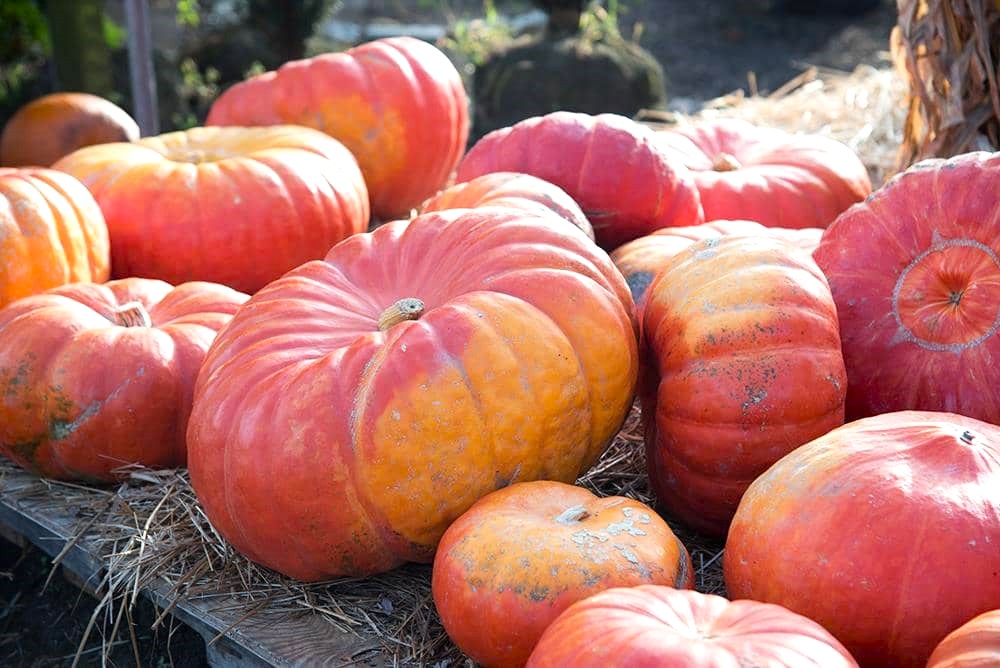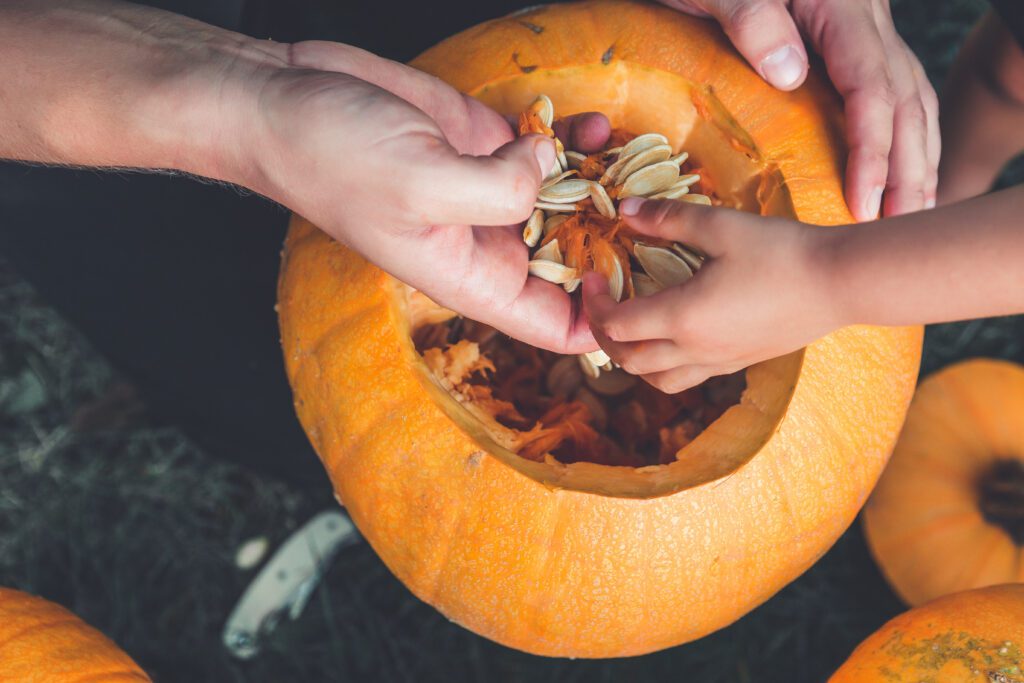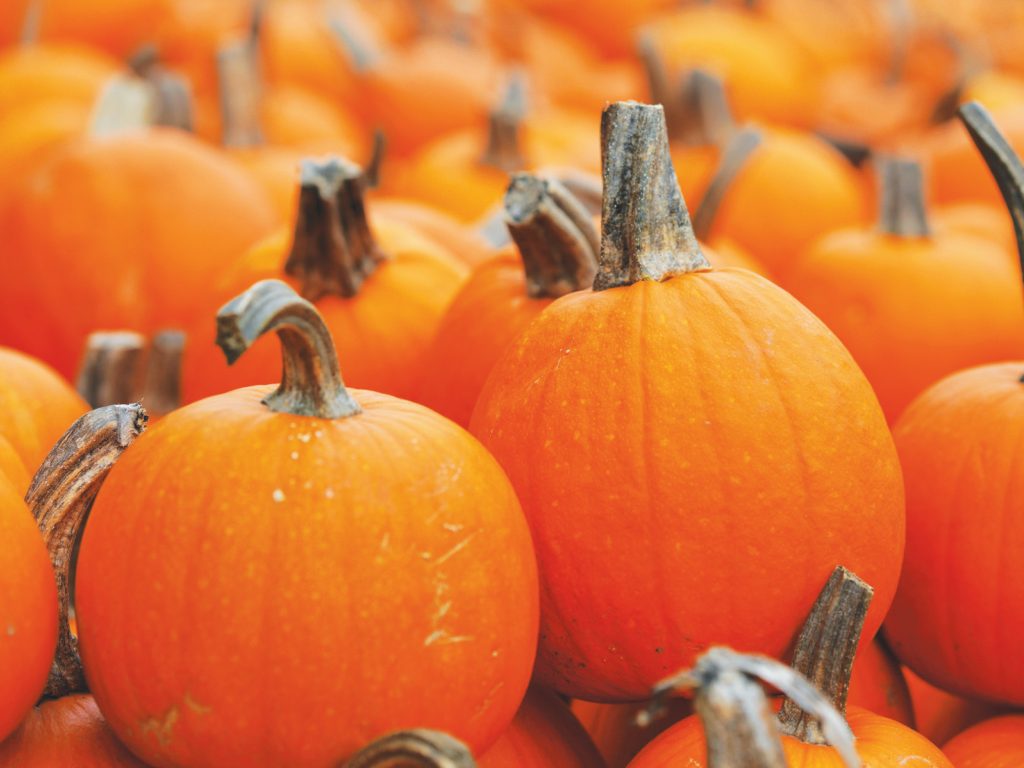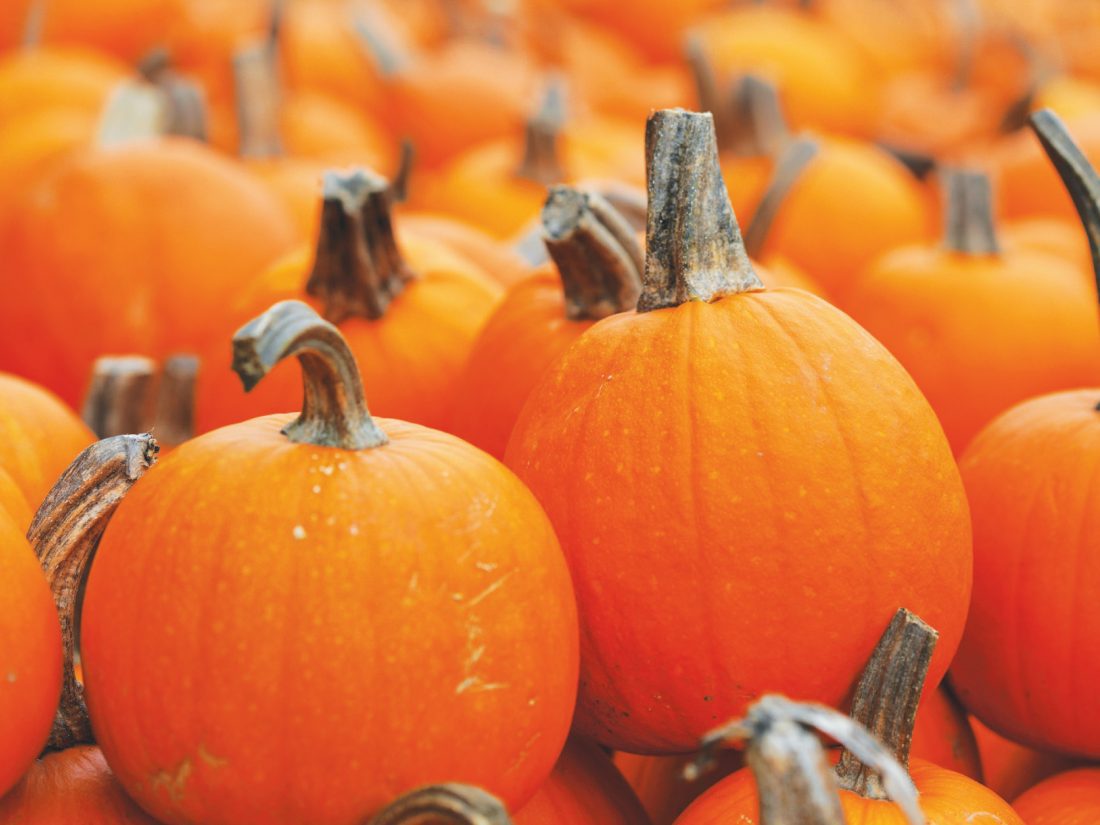October 16, 2024
Pumpkin Play with KidsGardening
Mahoney’s is proud to be a sponsor of the KidsGardening Garden Youth Grant Program, an initiative that aligns with our mission to create opportunities for kids to play, learn, and grow through gardening. Check out some of the activities below to bring that mission into your own life!
Fall is here, and that means pumpkins are everywhere! While they make excellent jack-o’-lanterns and delicious pies, pumpkins can also be used in fun and educational activities for kids. Whether you’re a parent, teacher, or caregiver, here are some creative ways to incorporate pumpkins into learning and play. Perfect for ages 3 to 12, these pumpkin crafts are hands-on, sensory-friendly, and adaptable for both indoor and outdoor settings.

-
Float Your Pumpkin Boat: A Fun Physics Experiment
Did you know that all pumpkins float? No matter how big or small, pumpkins are less dense than water, which makes them perfect for a simple and engaging physics lesson.
Start by introducing kids to the concept of density using a fun guessing game: “Will it sink or float?” Compare a heavy object, like a stone, to a pumpkin. Even if the stone is smaller, it’s denser, so it sinks! After the kids guess, you can test their predictions using a container of water.
Want to take it a step further? Turn the pumpkin into a boat! Scoop out the inside, make a mast using toothpicks or wooden skewers, and attach paper sails. Kids can decorate their sails however they like and then experiment by floating their pumpkin boats. How much weight can the boat hold before it sinks? It’s a hands-on way to explore basic physics while having fun with water play.
-
Save Your Pumpkin Seeds: Sensory and Educational Fun
Pumpkin seeds aren’t just tasty snacks—they’re also a great way to introduce a variety of learning opportunities. Whether it’s a math lesson or sensory play, seeds are versatile tools for exploration.
- Roasting Seeds: After scooping the seeds from the pumpkin (which can be a fun, slimy sensory activity in itself!), have kids wash and roast the seeds for a healthy snack. Season with salt or spices, and roast until golden brown. Not only are they delicious, but they also make a great crunchy addition to soups, salads, and even baked goods.
- Counting Seeds: For a fun math lesson, have kids guess how many seeds are in their pumpkin. Then, count them together! This can be a great way to practice basic arithmetic while building patience and focus.
- Sprouting Seeds: For a science lesson, you can sprout pumpkin seeds. It’s a quick and easy way to introduce kids to plant life cycles and the process of germination.

-
Pumpkin Potions: Imaginative Play Meets Chemistry
What kid doesn’t love a little bit of magic? Turn a hollowed-out pumpkin into a “cauldron” for creating fizzy potions. This activity blends imaginative play with a simple chemistry lesson.
Kids can mix vinegar, baking soda, and other fun “ingredients” like food coloring or natural elements (think dried lavender or cinnamon sticks) to create bubbly concoctions. The reaction between the baking soda and vinegar creates a fun and fizzy explosion, perfect for sparking curiosity and wonder.
You can extend the activity by having kids collect their own “ingredients” from nature, adding an element of outdoor exploration. Keep in mind that this activity can get messy, so choose a location that’s easy to clean up afterward!
-
Pumpkin Planters: Planting for the Fall
Pumpkins aren’t just for carving—they can also be turned into festive planters! This activity combines gardening with fall decor and is perfect for children who are eager to get their hands dirty.
Start by cutting off the top of the pumpkin and scooping out the insides. Then, fill the pumpkin halfway with soil and plant flowers, herbs, or even succulents. If you’re working with seeds, fast-growing options like beans, marigolds, or wheatgrass are great choices. Once the pumpkin starts to decay, you can plant the whole thing in the ground, where it will decompose and naturally fertilize your plants.
It’s a great way to teach kids about the life cycle of plants and composting while creating beautiful, temporary fall planters.

Why Pumpkins?
Pumpkins are not just a symbol of fall—they’re a rich resource for learning, creativity, and sensory play. Their history dates back over 7,000 years to Mexico, and they’re packed with nutrients like beta-carotene and Vitamin C. Whether you’re exploring science, encouraging imaginative play, or diving into gardening, pumpkins offer endless possibilities for fun and education.
So grab some pumpkins and get crafting this fall! Want to learn more about growing your own pumpkins? Check out our KidsGardening’s Pumpkin Growing Guide for tips on how to cultivate these fantastic fruits in your garden.
Full Instructions Here!

